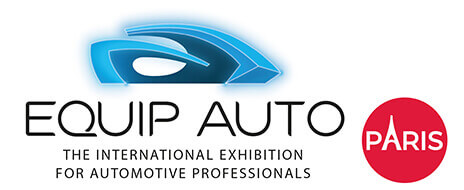(R)EVOLUTION - The AGEC law
The AGEC law: accelerating the circular economy
In 2020, France adopted an ambitious law that symbolises the desire to radically rethink our modes of production and consumption: the AGEC law (Anti-Waste for a Circular Economy). A true pillar of the ecological transition, this text marks a paradigm shift: it is no longer just a question of limiting waste, but of considering each resource as precious and each end of life as an opportunity for reuse.
In the automotive sector, the impact of this law is immediate and concrete. For a long time, vehicle maintenance and repair was based on a logic of systematic replacement: when a part was defective, it was replaced with a new one, relegating the old one to the waste category. The AGEC law now encourages professionals to adopt a more sustainable approach, promoting repair and giving components a second life.
Reused parts are thus becoming increasingly common in workshops. Windscreens, headlights, mirrors and bodywork components can be recovered, checked and put back into circulation with all the necessary safety guarantees. For motorists, this represents a double benefit: a more economical repair and a concrete gesture in favour of the environment.
At the same time, the law promotes the development of specialised collection and recycling channels. Used tyres, batteries, engine oils and coolants, which have long been difficult to manage, are now finding new ways to be recycled. Some materials are recycled to make new products, while others are converted into energy, extending their usefulness instead of burdening the environment.
Beyond the technical aspects, the AGEC law reflects a cultural shift. It encourages players in the automotive aftermarket – garage owners, distributors and manufacturers – to adopt a circular economy approach, where waste is no longer seen as an end but as the beginning of a new cycle. This transformation is part of a broader dynamic: reducing the consumption of natural resources, limiting the carbon footprint and extending the life of products.
Just three years after its adoption, its effects are already being felt in consumer practices and perceptions. Increasingly sensitive to environmental issues, motorists see repair and reuse not as a constraint, but as a modern, responsible and sustainable solution.
The AGEC law thus reminds us that innovation lies not only in the creation of new technologies, but also in the ability to reinvent our uses. By transforming our car maintenance habits, it is helping to build a more environmentally friendly and resource-efficient form of mobility, while placing the car at the heart of a forward-looking circular economy.



